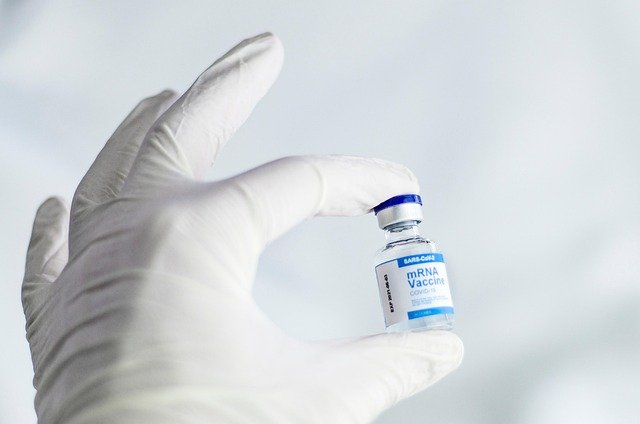Guide The Common Causes Of Throat Phlegm & Strategies To Tackle The Discomfort
Throat phlegm, while a common occurrence, can be both uncomfortable and concerning for many individuals. This natural bodily response serves as a defense mechanism, helping to trap and remove irritants from the respiratory system. Understanding its causes and knowing effective management strategies can help alleviate discomfort and determine when medical attention might be necessary.

Understanding Common Causes of Throat Phlegm
Throat phlegm typically develops due to several factors affecting the respiratory system. Environmental irritants such as dust, smoke, or air pollution can trigger increased mucus production. Changes in weather conditions, particularly cold or dry air, may also lead to excess phlegm formation. Additionally, seasonal allergies and post-nasal drip commonly contribute to this condition, causing mucus to accumulate in the throat.
Recognizing Throat Phlegm Signs and Symptoms
The presence of throat phlegm often manifests through various symptoms. Common indicators include frequent throat clearing, a persistent cough, and a sensation of something stuck in the throat. Some individuals may experience hoarseness or changes in voice quality. The color and consistency of phlegm can vary, ranging from clear to yellow or green, which may indicate different underlying causes.
Impact of Throat Phlegm on Daily Life
Throat phlegm can significantly affect various aspects of daily functioning. It may interfere with sleep quality, causing nighttime discomfort and morning congestion. Speaking and singing can become challenging, particularly for professionals who rely on their voice. In some cases, throat phlegm may affect eating habits and swallowing comfort, potentially leading to reduced appetite or dietary modifications.
Natural Strategies to Manage Throat Phlegm
Several natural approaches can help manage throat phlegm effectively. Maintaining proper hydration by drinking warm fluids helps thin mucus and ease its removal. Steam inhalation can provide relief by moistening the airways and loosening congestion. Regular physical activity and maintaining good air quality in living spaces can also help reduce phlegm production. Elevating the head while sleeping may prevent mucus accumulation.
Preventive Measures for Reducing Throat Phlegm
Prevention plays a crucial role in managing throat phlegm. Key preventive strategies include maintaining good humidity levels in living spaces, avoiding known irritants, and practicing proper hand hygiene to reduce exposure to respiratory infections. Regular cleaning and dusting of living spaces can minimize exposure to environmental triggers. Additionally, staying well-hydrated and maintaining a balanced diet rich in vitamins and minerals supports overall respiratory health.
When to Seek Professional Healthcare
While throat phlegm is often manageable through self-care measures, certain situations warrant medical attention. Persistent symptoms lasting more than two weeks, difficulty breathing, chest pain, or fever accompanying throat phlegm should prompt a healthcare consultation. Blood-tinged phlegm or severe difficulty swallowing requires immediate medical evaluation.
This article is for informational purposes only and should not be considered medical advice. Please consult a qualified healthcare professional for personalized guidance and treatment.




